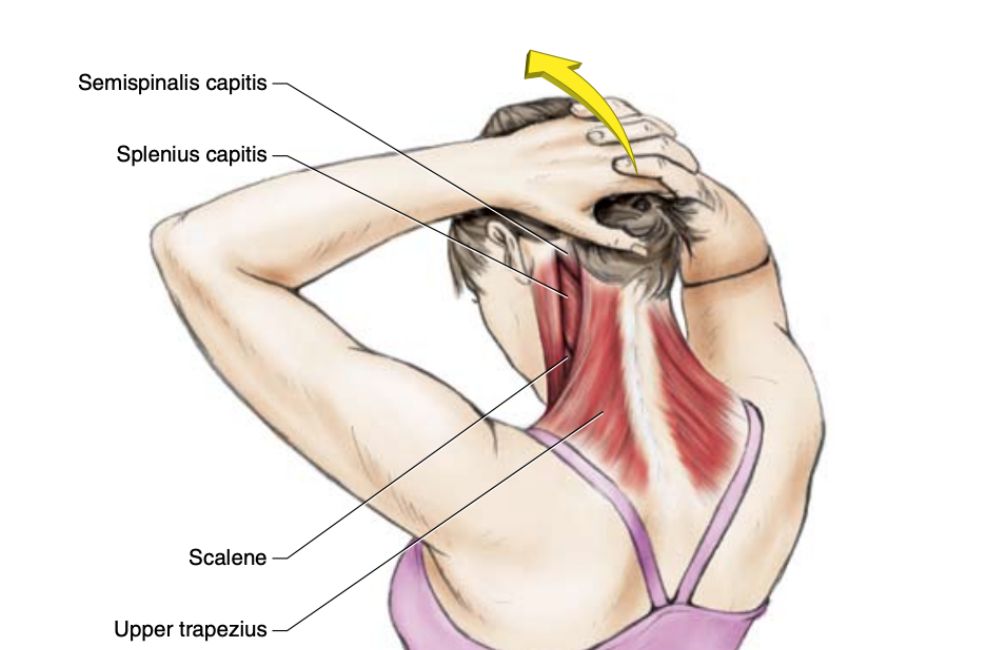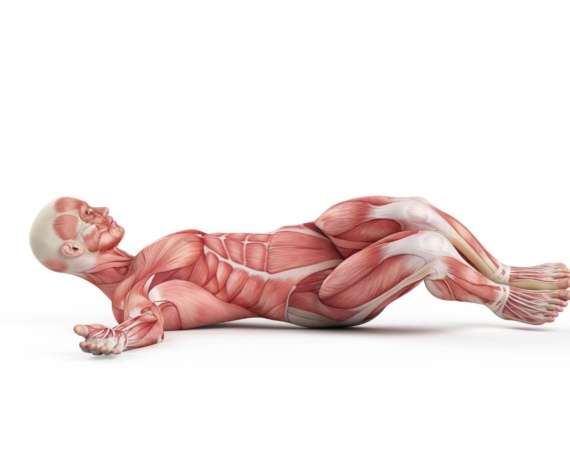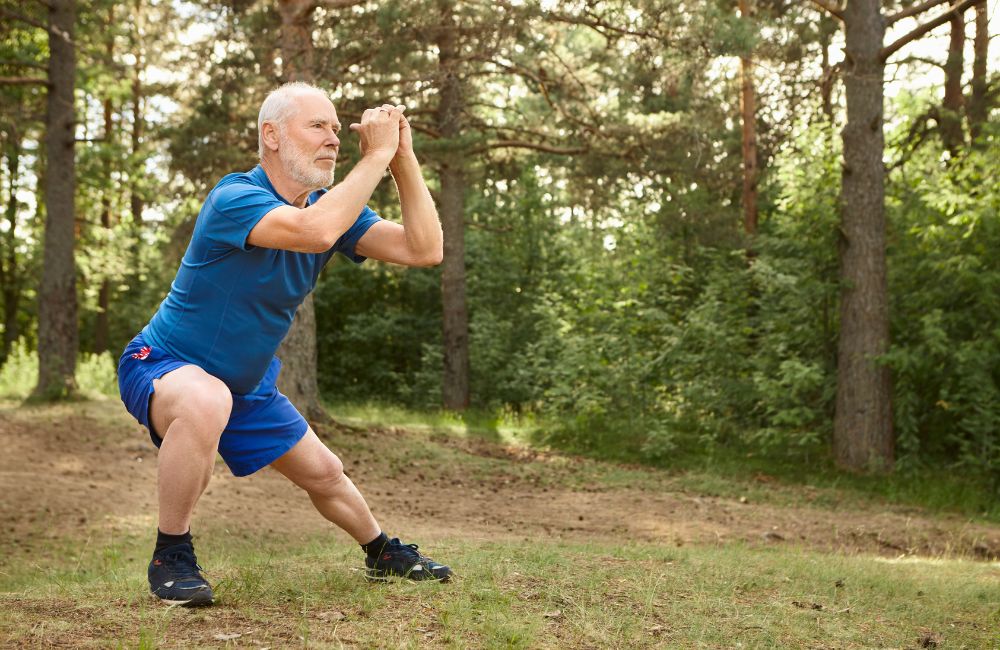
We often take our balance for granted.
Consider this: we never pay much attention to how much balance it takes to stand, walk, or carry objects until we experience balance disruptions. However, our bodies work hard to keep us upright, even when we’re not consciously thinking about it.
Unfortunately, our balance tends to decline as we age. Once we hit middle age, our various balance systems begin to decrease in effectiveness.
There is some debate about whether or not we can strengthen certain balance systems, but we know one thing for sure: keeping our muscles strong can prevent us from losing our balance and falling.
For this reason, I have provided some of the best balance exercises you can perform to counteract the effects of aging. As always, consult with your doctor and proceed with caution if you plan to try out this workout on your own at home.
The Balance Systems of the Body
Broadly, we can say that there are three separate systems that enable us to maintain our balance. These systems are:
- The Vestibular System.
- The Visual System.
- The Muscular System.
The vestibular system is a complex network of cells that resides primarily within the inner ear. This balance system responds to changes in head and body position in order to signal to our brain how we are aligned with regard to gravity.
Our visual system is another integral part of our overall balance system. By being able to see what is around us, we can adjust our position and stay balanced.
If you’ve ever stumbled in the middle of the night when you get up to go to the bathroom due to the darkness, you’ve witnessed the importance of the visual balance system firsthand!
Last but not least, we have the muscular balance system. Our muscles are vitally important for contracting and relaxing in order to counteract any potential losses of balance.
The following exercises are primarily designed to improve our stability by stressing our muscular balance system.
Top 4 Balance Exercises
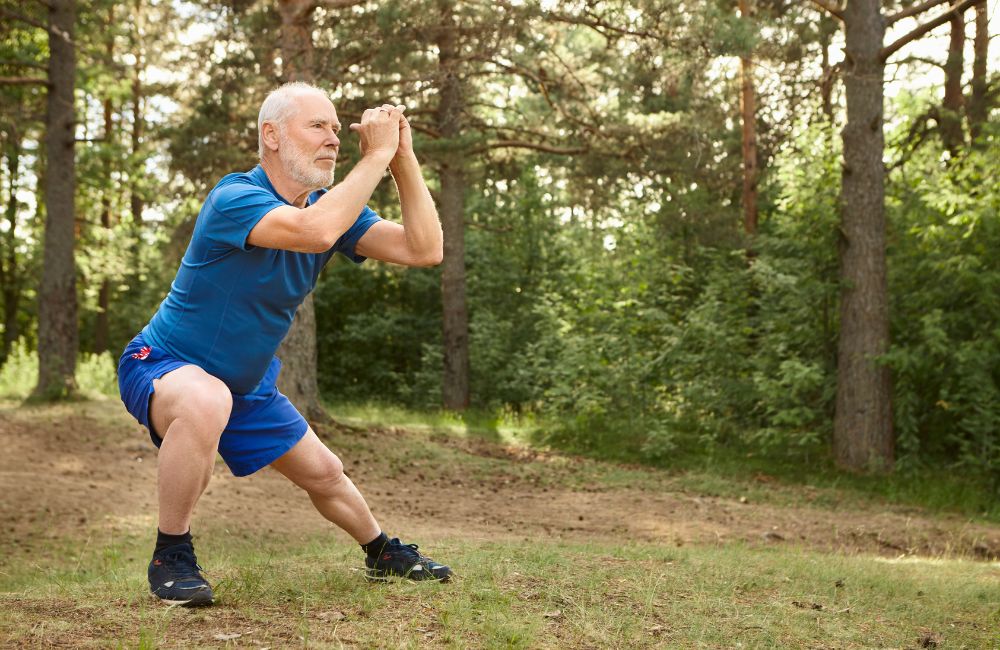
The following exercises will tax many muscles throughout your lower body and core. However, these exercises alone are not enough to maintain optimal health. You should also be sure to incorporate cardiovascular, flexibility, and strength training exercises each week.
1. Forward Walking Lunges
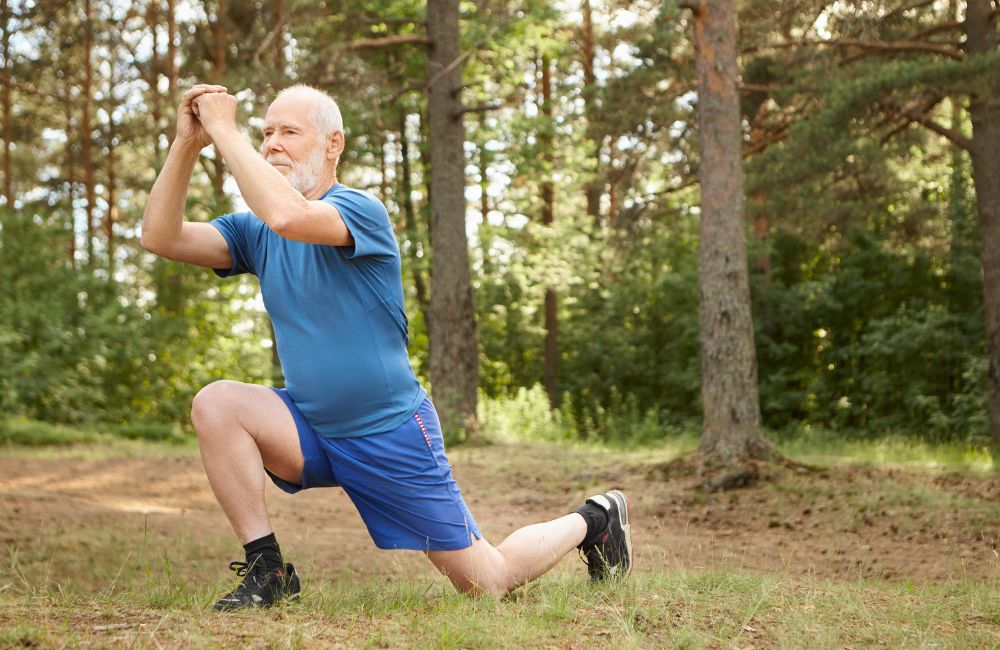
Lunges are a triple extensor exercise. Triple extensor movements, such as squats, jumps, and lunges, work many of the major muscles of the lower body.
Walking lunges, in particular, incorporate a narrow base of support, a dynamic motion, and a strengthening component. These three factors are key to increasing balance and stability.
How to Perform
- In a large, open space, start in a standing position.
- Take a large step forward with your right leg, bending your right knee while keeping your torso erect.
- Then, primarily using your right leg, step your left leg all the way forward, in front of your right foot. From this position, perform a lunge on your left leg.
- Continue to alternate in this manner until you have achieved 10 lunges on each leg per set, for 3 sets per session.
- Perform this exercise, along with the rest of the moves outlined in this article, 2-3 times per week.
2. Unilateral Balance
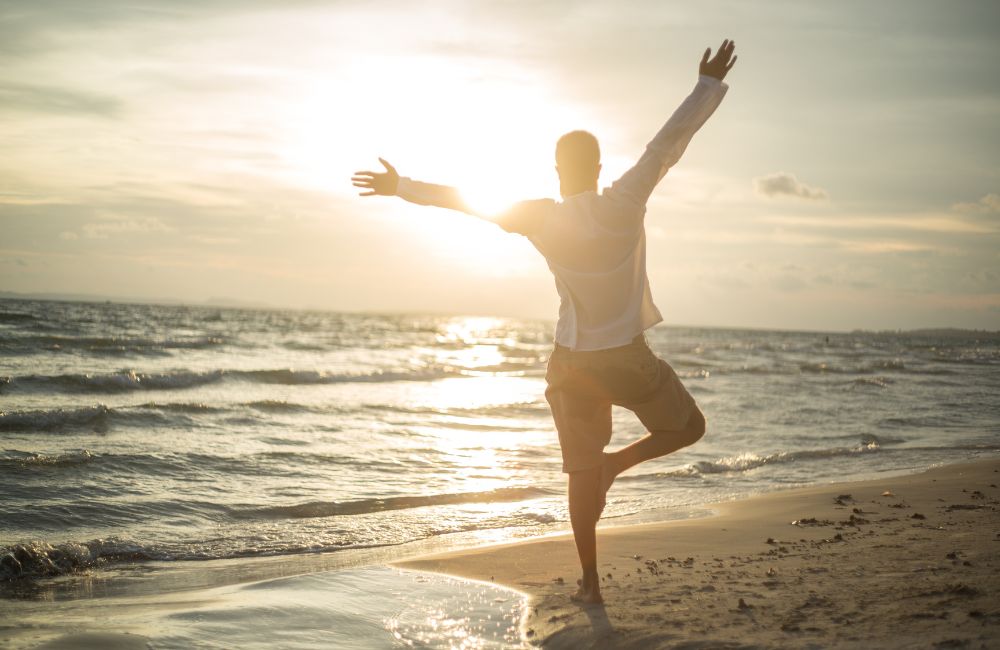
Within the field of exercise science, there are unilateral exercises and bilateral exercises. Unilateral moves are those that use only one limb, such as a single-leg stance. Bilateral moves are those that use both limbs, such as a double-leg stance.
This exercise is perfect for increasing balance as it is easy to learn and easy to make harder or easier. For instance, if standing on firm ground is too easy for you, you can stand on an unstable surface during this exercise, such as a pillow.
How to Perform
- Stand near a stable surface, such as a table or wall.
- Shift all of your weight onto your left leg, lifting your right leg slightly off of the ground.
- Hold this position for 30 seconds, repeating 5 times on each leg per session.
- Complete this exercise, along with the rest of the moves outlined in this article, 2-3 times per week.
3. Three-Way Toe Tap
The three-way toe tap is a dynamic balance exercise. Much like the walking lunges, described previously, this move requires significant balance control while the exerciser completes an active motion.
Novice and experienced exercisers can benefit from this move. It is easy to increase your range of motion and your hold times in order to challenge your balance further. Likewise, it’s easy to decrease your range of motion and your hold times to make the move easier.
How to Perform
- Shift all of your weight to your right leg.
- Next, lift your left leg off the ground.
- Reach your left leg forward as far as you can, then lightly tap your toes to the ground.
- Then, slowly bring your left leg back to the starting position.
- If possible, keep your left foot elevated, then reach it straight out to the side, tapping your toes to the ground once you’ve reached as far as you can.
- Then, return to the starting position.
- Lastly, reach your left leg straight back behind you, tapping your toes to the ground.
- Then, return to the starting position to complete the first repetition.
- Perform 5 repetitions per set, for 3 sets per session on each leg.
- Complete this exercise, along with the rest of the moves outlined in this article, 2-3 times per week.
4. Step-Up Single-Leg Balance
Last, but not least, we have the step-up single-leg balance exercise. This move requires significant lower body strength and balance. Therefore, if you are new to balance exercise, be sure to perform this movement near a stable surface so that you can grab on for safety when necessary.
How to Perform
- Stand in front of an individual step or a staircase.
- Place your right foot on the step.
- Next, step up, placing all of the weight on your right leg as you simultaneously tuck your left knee to your chest.
- Then, return your left leg to the ground to complete the rep.
- Repeat for 10-12 reps on each leg per set, for 3 sets per session.
- Complete this exercise, along with the rest of the moves outlined in this article, 2-3 times per week.
Conclusion
While balance loss is a common phenomenon in the second half of life, you can take steps to minimize the extent of instability your experience. By completing exercises such as those described above on a regular basis, you can keep your balance systems strong. This will reduce the chances of falling and injuring yourself.
Don’t let the effects of aging get the best of you! Start performing balance exercises today and watch your health improve day by day.
Works Cited
- Osoba, M. Y., Rao, A. K., Agrawal, S. K., & Lalwani, A. K. (2019). Balance and gait in the elderly: A contemporary review. Laryngoscope investigative otolaryngology, 4(1), 143–153. https://doi.org/10.1002/lio2.252
- Arshad, Q., & Seemungal, B. M. (2016). Age-Related Vestibular Loss: Current Understanding and Future Research Directions. Frontiers in neurology, 7, 231. https://doi.org/10.3389/fneur.2016.00231
- Assländer, L., Hettich, G., & Mergner, T. (2015). Visual contribution to human standing balance during support surface tilts. Human movement science, 41, 147–164. https://doi.org/10.1016/j.humov.2015.02.010

